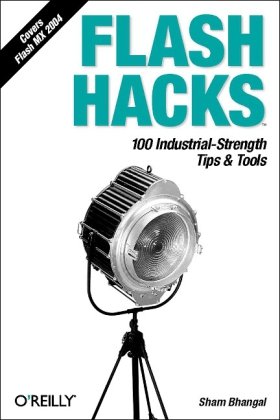Kim Schulz9781847190932, 1847190936
Create, install, and use Vim scriptsPersonalize your work-area Optimize your Vim editor to be faster and more responsive
In Detail
Each chapter of this book deals with a different aspect, and provides recipes for easy-to-use hacks to customize and simplify your Vim experience. After an introduction covering the derivation of Vim and its relatives from the vi editor, the author explains basic changes that you can make to the appearance of the Vim editor. Further chapters cover improved navigation through files and buffers in Vim; speeding up your work with templates, auto-completion, folding, sessions, and registers; and formatting text and code, including using external formatting scripts. The final comprehensive chapter covers everything about using Vim scripts and scripting to extend functionality.
Vim stands for Vi IMproved and is the editor of choice for programmers looking for a highly configurable, stable, open-source, multi-platform text editor. It is included with almost every Linux distribution as the standard text editor, and can be used to work with source code from any language. A big advantage of using Vim is that it can be extensively customized; you can control the basic interface, define personalized key mappings, implement macros, and call external or user-defined scripts. Vim has its own scripting language that allows for plug-in like extensions to enable IDE behavior, syntax scripts and highlighting, color schemes, themes, and utility scripts that can add a wide range of features and functionality. Vim 7.0, for which this book is written, includes spell-checking, code completion, document tabs, current line and column highlighting, undo branches, and more.
What you will learn from this book?
Chapter 1 introduces Vim and a few well-known relatives; their history and relation to vi is briefly described. Chapter 2 introduces how to make Vim a better editor for you by modifying it for your personal needs. It shows us ways of modifying fonts, the color scheme, the status line, menus, and toolbar. Chapter 3 introduces some of the ways in which Vim helps us to navigate through files easily. It explains an alternative way for boosting navigation through files and buffers in Vim. Chapter 4 introduces you to features in Vim. It describes how to use templates, auto-completion, folding, sessions, and registers. Chapter 5 introduces simple tricks to format text and code. It also discusses how external tools can be used to give Vim just that extra edge it needs to be the perfect editor. Chapter 6 is especially for those who want to learn how to extend Vim with scripts. The chapter introduces scripting basics, how to use and install/uninstall scripts, debugging scripts, and lots more. Appendix A has a listing of games that have been implemented with Vim scripting; it also provides an overview of chat and mail scripts and has a section on using Vim as an IDE. Appendix B shows how to keep your Vim configuration files well organized and how to retain your Vim configuration across computers by storing a copy of it online.
Approach
This is a cookbook packed with ready-to-use hacks that give solutions for some of the commonest problems users of the Vim editor encounter during their daily use. Each recipe follows a systematic approach with a self-contained description of the task it covers, how to use it, and what you gain by using it. The reader can read any of the hacks in this book without having to read any of the other hacks-where necessary they include cross-references to other relevant hacks. The minimum version of Vim required for each hack is clearly indicated.
Who this book is written for?
Anyone who has worked with Vim and wants to get more out of this legendary text editor can use the hacks from this book. It does not cover the basic tasks of using the editor but instead focuses on making life easier for more experienced Vim users.







Reviews
There are no reviews yet.